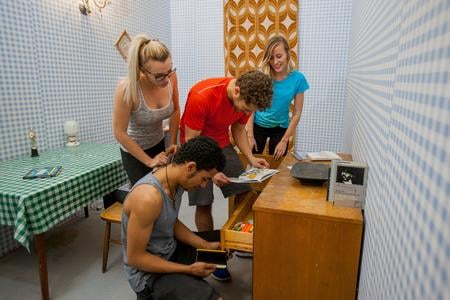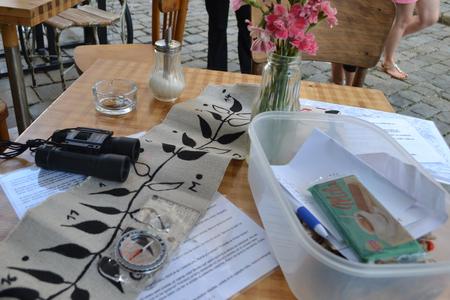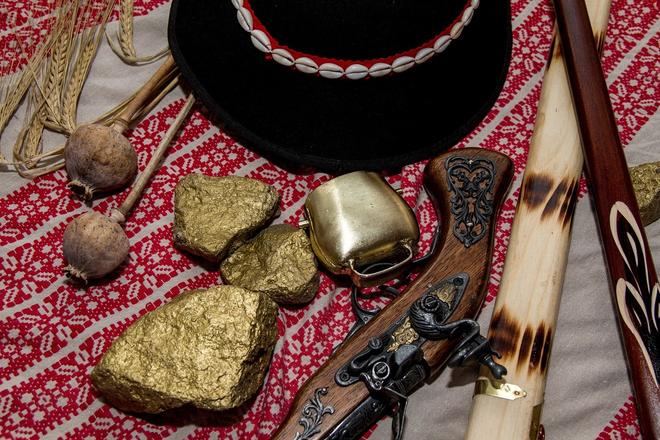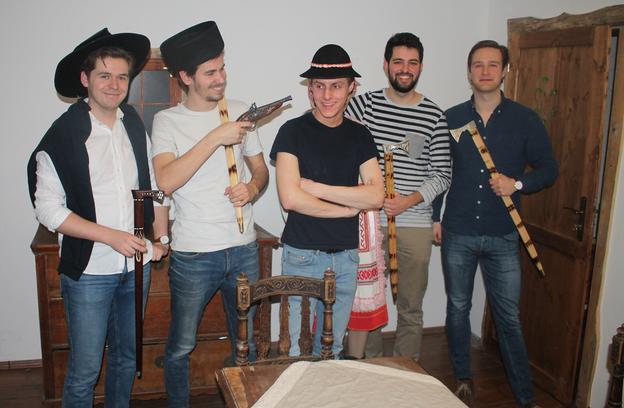Juraj Jánošík, the beloved Slovak highwayman who steals from the rich and gives to the poor, is about to be executed. However, his life can still be spared, if you can complete a series of puzzles to find a sack of gold and bribe the executioner to save him.
That is one of the themes that tourists and locals can experience in Bratislava, where escape rooms have mushroomed over the past couple of years. If saving Jánošík's life does not interest you, you can choose instead to escape the clutches of the secret police or explore old town Bratislava in search of a missing student. However, working together to rewrite history is no easy task.
On average, one in every two teams escapes in time at Brainteaselava with a mere 15 percent escaping without any hints.

Of the thousands of teams that have played games at Brainteaselava so far, a rare few have managed to complete the task in under 40 minutes.
“For the Treasure of Jánošík, the record is 33 minutes. For In the Clutches of the Secret Police, it is just 26 minutes," explains Emil Haas, director of Brainteaselava. “But these are really rare times."
Team-building
Escape rooms are popular among both foreigners and locals though slightly more locals visit Brainteaselava, totaling 60 percent of all participants.
On average, 40 teams visit Brainteaselava every week to either save Jánošík, escape the secret police, or participate in the City Game which allows tourists to explore Old Town through a hunt for missing student, Viliam.
Though the time limit adds a sense of urgency to each task, the games are all about having fun.
‘‘People playing our games can also train their problem-solving skills and think outside the box,’’ says Haas.
Team-building and cooperation are also necessary tools for success at Brainteaselava, as each task is best solved through a combination of several ideas.Players can learn something about their mates getting into unexpected situations and test and train the way they communicate, Haas remarked.
History lessons
In Brainteaselava's case, the games also focus on real historical events so participants can either learn something new about Slovak history or experience first hand what they learned in history class.

After the game, participants can take information sheets, either in Slovak or English, and learn more detailed information about the history behind the games they played. A tourist may be interested to learn, for example, that when Jánošík was executed, he was hung by his own rib.



 Props awaiting players in one of the Brainteaselava escape rooms. (source: Brainteaselava)
Props awaiting players in one of the Brainteaselava escape rooms. (source: Brainteaselava)
 One team poses after completing the "Treasure of Jánošík". (source: Brainteaselava)
One team poses after completing the "Treasure of Jánošík". (source: Brainteaselava)